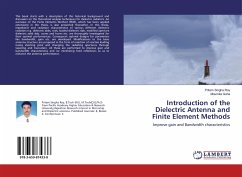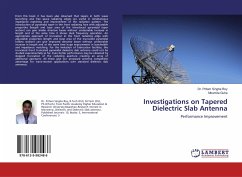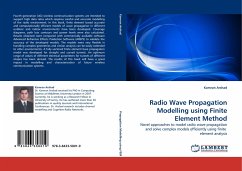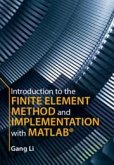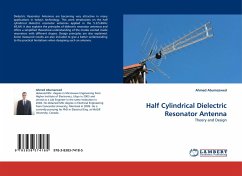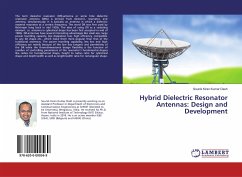This book starts with a description of this historical background and discussion on the theoretical analysis techniques for dielectric radiators. An overview of the Finite Elements Method (FEM), which has been applied extensively in the thesis, is also presented thereafter. In this thesis, impedance and radiation characteristics of various different dielectric radiators e.g. dielectric slabs, rods, loaded dielectric slab, modified aperture dielectric solid slab, cones and horns etc. are thoroughly investigated for their optimal performances. Consequent optimal designs for parameters like bandwidth, gain etc. are developed. Modifications to the basic antenna structure are proposed in the form of insertion of reactive loading (using shorting pins) and changing the radiating apertures through tapering and truncation. All these are performed to improve gain and bandwidth characteristics and /or minimizing feed reflections so as to enhance the antenna performance.
Bitte wählen Sie Ihr Anliegen aus.
Rechnungen
Retourenschein anfordern
Bestellstatus
Storno

